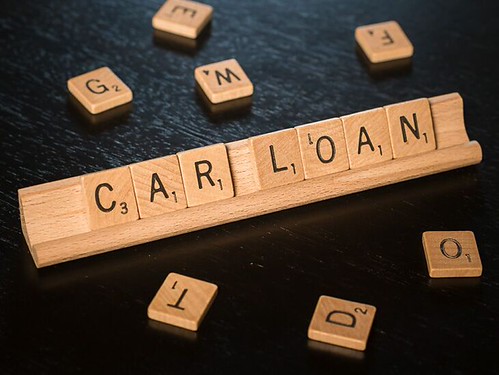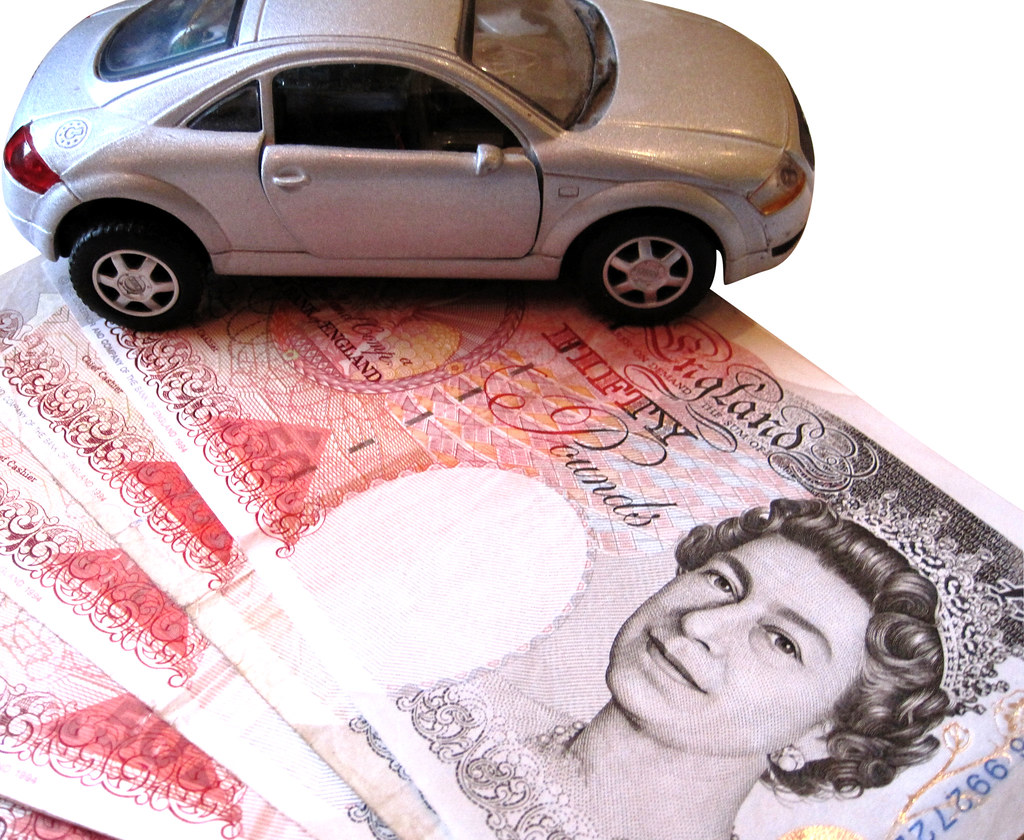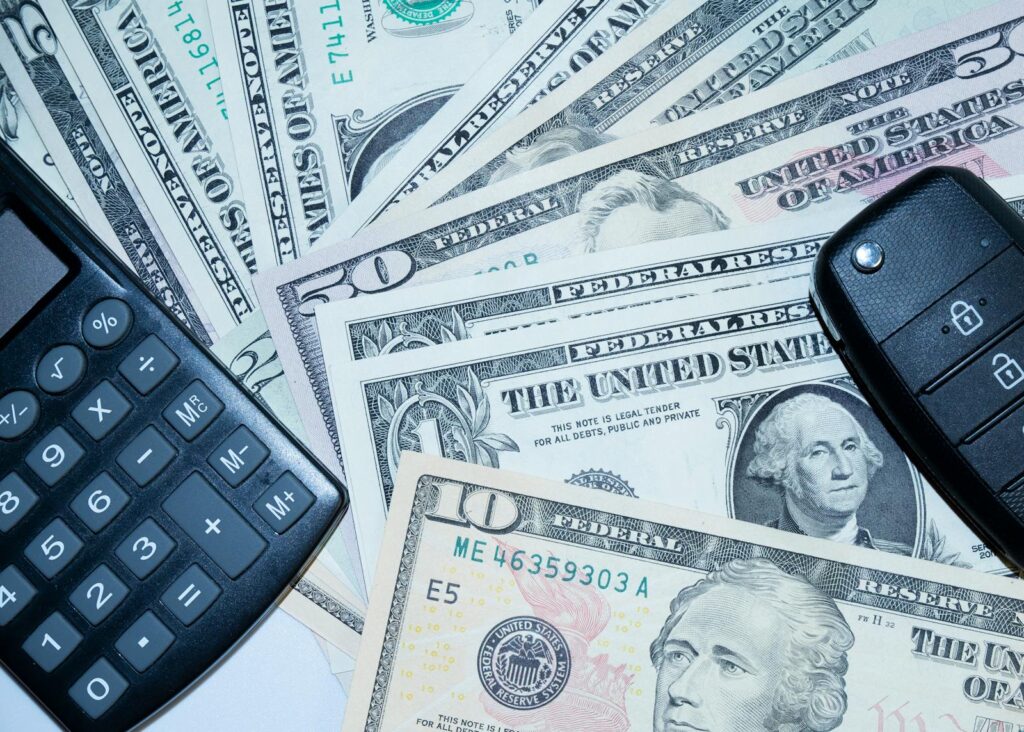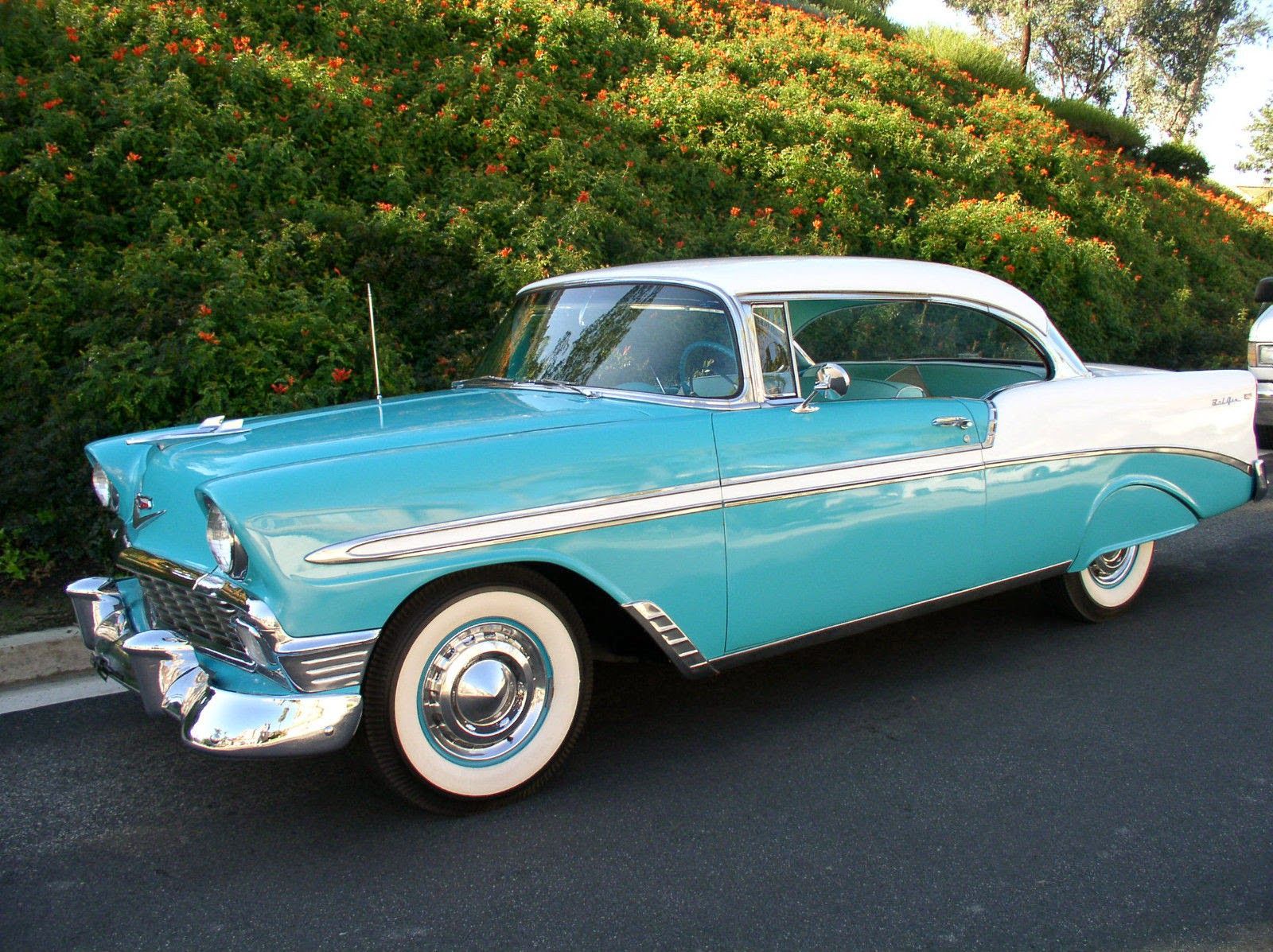
In today’s dynamic automotive market, acquiring a new vehicle often involves navigating the intricate landscape of car financing. It’s a journey undertaken by the vast majority of car buyers, with over 80% of individuals financing their new car purchases. While the allure of a new set of wheels is strong, the choices made during the financing process can have profound and lasting financial implications, potentially leading to years of burdensome payments that might outweigh the vehicle’s actual worth.
Making astute financial decisions when securing a car loan is not merely advisable; it is paramount to safeguarding your financial well-being. A misstep in this process, such as failing to thoroughly consider all available options, can easily translate into a commitment that results in three to five years of financially draining loan payments. This highlights the critical importance of understanding and actively avoiding common pitfalls that can escalate the true cost of your vehicle exponentially.
This comprehensive guide, informed by expert insights, is designed to empower you to make smarter moves in your car purchasing journey. We will delve into six of the most common—yet significantly bad—ways to finance a car, equipping you with the knowledge to recognize these detrimental terms and steer clear of financial distress, ensuring your purchase remains affordable over the long term. Let’s explore these crucial areas to avoid.

1. **Accepting High Interest Rates**One of the most immediate and impactful ways a car loan can become a financial burden is through the acceptance of high interest rates. These rates represent the cost of borrowing money, and when they are elevated, they directly inflate the total amount you spend to acquire the vehicle. This isn’t just a minor surcharge; high interest rates significantly drive up your monthly payments, making the vehicle less affordable on a recurring basis and adding substantial sums to your overall repayment obligation over the life of the loan.
For some individuals, particularly those with less-than-perfect credit scores, high-interest rate loans might appear to be the only available option. However, resigning oneself to such terms without exploring alternatives can be a costly mistake. The market for auto loans is competitive, and due diligence can often uncover more favorable terms than initially presented. It’s crucial to understand that even a seemingly small difference in interest rate can translate into thousands of dollars over several years.
To mitigate the risk of being saddled with a high-interest loan, financial experts strongly advise a proactive approach. The first step involves carefully comparing loan options from multiple lenders. Don’t settle for the first offer you receive; instead, shop around and seek out institutions willing to offer you a better rate. This comparative analysis can reveal a spectrum of possibilities that might not be immediately apparent.
Furthermore, improving your eligibility for better rates can involve strategic actions. Lenders may be more amenable to offering more competitive rates if you can secure a cosigner with a strong credit history. Alternatively, presenting a larger down payment can also significantly reduce the perceived risk for the lender, thereby incentivizing them to provide a more favorable interest rate. These tactical moves can transform a seemingly unavoidable high-interest scenario into a much more financially manageable one.
Ultimately, the goal is to secure a loan that aligns with your financial capacity, and high interest rates fundamentally undermine this objective. They make your car purchase not only more expensive but also more financially precarious. Being informed and strategic in seeking out the best possible interest rate is a cornerstone of wise car financing, allowing you to save a considerable amount of money over the term of your loan and maintain greater financial flexibility.
Read more about: The 14 Most Important Negotiation Lessons from 15 Famous Historical Figures

2. **Opting for Excessively Long Loan Terms (e.g., 72 or 84 Months)**While the prospect of lower monthly payments might seem appealing, choosing excessively long loan terms, such as those stretching to 72 or even 84 months, is frequently cited by financial experts as a significant pitfall. The fundamental issue with an extended loan term is that it provides more time for interest to accrue on the outstanding balance, thereby driving up the overall cost of the vehicle. What appears to be a smaller monthly burden often translates into a much heavier long-term financial commitment.
Let’s consider a practical illustration to underscore this point. Imagine you are taking out a $30,000 loan to purchase a car, with an interest rate of 5.54%. If you opt for a 60-month term, your monthly payment would be approximately $574. Over the duration of this loan, you would pay an additional $4,415 in interest, bringing your total repayment to $34,415. This is a considerable sum, but it’s important to see how it contrasts with a longer term.
Now, let’s compare this to the same $30,000 loan and 5.54% interest rate, but extended to an 84-month term. Your monthly payment would drop to $432, which initially might seem like a more manageable figure. However, the true cost escalates dramatically. Over these seven years, the total interest paid balloons to $6,260. This means the vehicle, despite the lower monthly payments, ultimately costs you $1,845 more in interest alone compared to the 60-month term, making the entire purchase significantly more expensive.
The convenience of a lower monthly payment often masks this critical long-term consequence. An extended loan term does not reduce the actual cost of the car; it merely stretches out the repayment period, allowing more interest to accumulate over time. This makes the vehicle more expensive overall and binds you to a debt for a longer period, potentially outlasting the car’s prime usefulness or your desire to own it.
Avoiding these excessively long loan terms is a prudent financial strategy. While a higher monthly payment on a shorter term might require some budget adjustments, it ultimately saves you a substantial amount of money in interest, accelerates your path to ownership, and frees up your financial resources sooner. Prioritizing the overall long-term cost over a superficially attractive lower monthly payment is a hallmark of wise car financing decisions, securing your financial future rather than draining it over many years.
Read more about: Never Buy These Things From a Car Dealer—Or Pay For Them When You Purchase a Car

3. **Making a Large Initial Deposit on a Lease**While making a down payment on a car purchase is widely regarded as a sound financial strategy, the same logic does not apply when it comes to a large initial deposit on a lease. This distinction is crucial for anyone considering leasing a vehicle, as the financial implications are fundamentally different. A substantial upfront payment on a lease can lead to a considerable waste of money that could otherwise be allocated to more beneficial financial endeavors.
The primary appeal of a large lease deposit is often the promise of a lower monthly payment. While this immediate reduction in recurring costs can be enticing, especially for those managing tight budgets, it comes with significant drawbacks. Unlike a purchase, where a down payment reduces the principal amount you own, a lease deposit often provides a temporary reduction in monthly fees without building equity in the vehicle. In essence, you are pre-paying for the depreciation of an asset you will not ultimately own.
One of the main concerns with a large initial lease deposit is that you are, in effect, tying up capital that could be generating returns elsewhere. This money could be strategically invested, allowing it to grow over time, or it could be used to pay off other existing debts, such as a car loan sooner, reducing overall interest expenses. By committing a significant sum to a lease deposit, you forfeit these opportunities, effectively wasting financial leverage.
Moreover, the nature of a lease means that if the vehicle is totaled or stolen early in the lease term, you may not recover your entire upfront deposit, even if insurance covers the vehicle’s value. This exposes you to a greater financial risk without the commensurate benefit of ownership. The flexibility and lower monthly payments often associated with leasing are undermined when a large sum is paid upfront, as it diminishes the very advantages that make leasing attractive for some.
Instead of making a hefty upfront lease payment, the wiser approach is to meticulously analyze your budget and find the “sweet spot” for your monthly lease payment that is sustainable without requiring a large deposit. The aim should be to avoid spending more than necessary, especially on items that are essentially short-term rentals. A minimal or no upfront deposit, coupled with manageable monthly payments, allows your money to remain liquid and available for other, potentially more productive, financial uses, maximizing your overall financial health rather than locking it into a depreciating asset.
Continuing our exploration of critical car loan terms to meticulously avoid, the next set of pitfalls centers on misconceptions about vehicle acquisition methods, the necessity of diligent research, and a comprehensive understanding of long-term financial commitments. These often-overlooked aspects can significantly inflate the true cost of your vehicle, trapping you in a cycle of financially draining payments that far outweigh the initial appeal of a new car.
Understanding these additional traps is essential for anyone navigating the complex world of automotive financing. By equipping yourself with this expert-driven knowledge, you can make smarter, more informed decisions that safeguard your financial well-being and ensure your car purchase remains an asset, not a burden, for years to come. Let’s delve into these crucial areas.
Read more about: Unlock Savings: 12 Proven Strategies to Slash Your Car Loan Payments and Interest Rates

4. **Leasing When Ownership is Planned**Many people are drawn to leasing vehicles for a variety of understandable reasons. The appeal of lower monthly payments, the ability to drive a new car every few years, and the peace of mind that comes with often being under warranty or service agreements are certainly compelling. Leasing can be an excellent option for those who genuinely prefer to drive a new vehicle frequently without the long-term commitment of ownership, and for whom the flexibility outweighs the desire for equity.
However, a significant pitfall arises when individuals choose to lease a vehicle with the underlying intention of eventually owning it, or if their long-term plans for the vehicle align more closely with ownership than with a temporary rental. A lease is fundamentally a long-term rental agreement; it allows you to use an asset for a set period in exchange for regular payments, but those payments do not contribute to building equity in the vehicle. In essence, you are paying for the depreciation of the car during your usage, rather than contributing to its eventual full ownership.
The financial ramifications of this misaligned strategy are substantial. Money spent on lease payments, while providing temporary use, does not accumulate as an asset on your balance sheet. If your ultimate goal is to own the car, the funds allocated to leasing could have been directed towards a down payment on a purchase or building equity in a vehicle you would eventually call your own. This makes leasing a financially inefficient detour if ownership is the desired destination, as you essentially pay to rent the car before potentially paying to buy it.
Moreover, leases come with a host of stipulations that can become costly if ownership is the unspoken goal. Mileage limits, for instance, can lead to significant overage charges if exceeded, forcing you to pay for usage beyond the agreed terms. Charges for excess wear and tear—even minor scratches or dings—can also add unexpected expenses at the lease’s end. Furthermore, early termination of a lease, often desired if circumstances change or if the urge to own becomes too strong, typically incurs hefty penalties that can severely erode any perceived savings from the lower monthly payments.
Financial experts consistently advise that if your long-term plan involves owning the vehicle, pursuing traditional financing options that lead to ownership is almost always the more prudent path. Carefully analyze your intentions: if you envision driving the car for many years beyond the typical lease term or passing it down, leasing will likely prove more expensive and less beneficial than a purchase. A comprehensive understanding of your ownership goals is paramount to avoiding this costly car loan pitfall and aligning your financing strategy with your ultimate automotive aspirations.
Read more about: The Resurgence of the Real: 14 Analog Technologies from the 70s Making a Modern Comeback

5. **Failing to Thoroughly Compare Loan Options**In the competitive landscape of auto financing, one of the most detrimental mistakes a car buyer can make is to accept the first loan offer presented to them, or to limit their search to only one or two lenders. While the excitement of purchasing a new vehicle can understandably lead to a desire for a quick and easy financing process, this approach frequently results in higher overall costs and less favorable terms than what could have been secured with a more diligent comparison. The assumption that all loan offers are similar, or that the dealership’s offer is the best, is a financially perilous one.
This pitfall stems from a lack of proactive research and a failure to recognize the significant variations that exist across the lending market. Different financial institutions—including national banks, local credit unions, and online lenders—each have their own criteria for approving loans, assessing risk, and setting interest rates and fees. These differences can lead to a wide spectrum of offers for the same borrower, potentially varying by several percentage points on the interest rate or hundreds, if not thousands, of dollars in fees over the life of the loan. Overlooking these variations is, quite simply, leaving money on the table.
Beyond just the interest rate, a thorough comparison of loan options involves scrutinizing several key components. The Annual Percentage Rate (APR) is a critical figure, as it encompasses not only the interest rate but also other loan charges, providing a more accurate representation of the total cost of borrowing. Prospective buyers must also compare loan terms, looking at the duration of the repayment period, as discussed in a previous section. Additionally, it is vital to examine any associated fees, such as origination fees, application fees, or prepayment penalties, which can significantly alter the true expense of the loan.
The most effective strategy to avoid this pitfall is to empower yourself with information before you even set foot in a dealership. Financial experts advocate for obtaining pre-approvals from multiple lenders, including various banks, credit unions, and reputable online platforms. This process provides you with concrete offers, allowing for a direct, apples-to-apples comparison of rates and terms. Armed with these pre-approvals, you gain significant leverage during negotiations at the dealership, often leading to a more competitive offer from their financing department or simply enabling you to choose the best external offer.
Ultimately, the failure to meticulously compare loan options is a costly oversight that can lock you into unfavorable terms for years. A structured and organized approach to loan shopping, characterized by obtaining multiple offers and carefully reviewing all aspects of each proposal, is a cornerstone of wise car financing. This proactive diligence ensures you secure the most advantageous loan possible for your unique financial situation, optimizing your purchase and avoiding unnecessary long-term expenditure.
Read more about: Mastering the Car Purchase: Unveiling the 12 Worst Days and 3 Best Times to Negotiate for Your Next Ride
6. **Ignoring the Overall Long-Term Cost of a Loan**A common and deeply impactful car loan pitfall is the narrow focus on the monthly payment or the sticker price of a vehicle, while neglecting to consider the comprehensive, overall long-term cost of the loan and the vehicle itself. This oversight can lead to a situation where a seemingly affordable car becomes a significant and ongoing financial drain, ultimately diminishing its actual worth and placing undue strain on your budget for many years. The true cost of a vehicle extends far beyond its initial purchase price and even the total interest paid.
The issue stems from a superficial analysis, where buyers prioritize immediate affordability over a holistic financial assessment. While a low monthly payment can be enticing, it often masks a much higher total cost when combined with excessively long loan terms, as highlighted previously, or when factoring in other significant expenses. Failing to consider all options and their long-term implications, as noted in the article’s introduction, can indeed create three to five years of financially draining payments on a vehicle that may not be truly worth it in the end.
This broad view of “long-term cost” encompasses several crucial elements beyond the loan itself. Significant among these is depreciation, which is the rate at which a car loses value over time. Vehicles typically depreciate rapidly, especially in their first few years. If you enter into a long loan term on a car with high depreciation, you run the risk of becoming “underwater” on your loan, meaning you owe more than the car is worth. This situation makes selling or trading in the vehicle difficult and often costly, as you would have to pay the difference.
Furthermore, the overall long-term cost includes ongoing expenses such as insurance premiums, fuel costs, regular maintenance, and potential future repairs as the vehicle ages. These costs can vary significantly between different makes and models and can escalate considerably over a multi-year loan term. Ignoring these factors in the initial decision-making process can lead to budget shortfalls and financial stress, making the car a liability rather than a convenient asset. A car purchased wisely, considering all these factors, truly makes your purchase more affordable over the long term.
To sidestep this pervasive pitfall, financial experts advocate for a comprehensive financial assessment that looks beyond the immediate numbers. Calculate the total interest paid over the life of the loan, factor in the estimated depreciation of the specific vehicle you are considering, research average insurance premiums for that model, and anticipate future maintenance and fuel costs. This holistic perspective allows you to understand the true financial commitment and determine if the vehicle genuinely aligns with your long-term financial health and goals. It’s about ensuring the enduring value and affordability of your automotive investment, rather than just the initial ease of acquisition.
Read more about: Unlock $150+ Monthly Savings: Your Essential Guide to Smart Auto Loan Refinancing
Navigating the complexities of car financing demands vigilance and a strategic approach. The journey from initial interest to final ownership is fraught with potential financial traps that, if overlooked, can convert the excitement of a new vehicle into years of regrettable payments. By avoiding these six worst car loan terms—from high interest rates and excessively long terms to neglecting a comprehensive long-term cost analysis—you empower yourself to make truly informed decisions. Remember, the goal is not merely to acquire a car, but to do so in a manner that strengthens, rather than diminishes, your financial future. Prioritizing foresight and diligence in every step of the financing process is the definitive path to a smarter, more affordable vehicle purchase.



